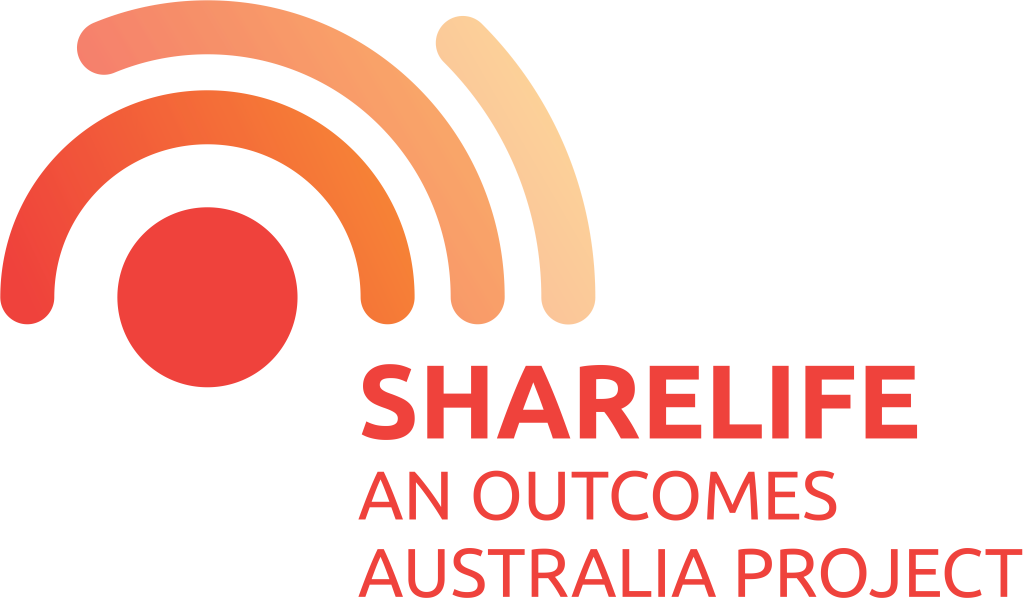
ORGAN DONATION MYTHS & FACTS
MYTH
If Australia moved to an opt-out system to organ donation that would resolve our issues.
FACT
There is no documented evidence that demonstrates that an opt-out system would increase organ donation. On the contrary, some countries that have introduced opt-out system legislation observed an immediate decrease in their organ donation rates. There are currently many countries with such legislation and very low deceased donation rates.
MYTH
We simply need more people to discuss their intentions regarding organ donation with their families and then our donation rate will increase.
FACT
Although discussion with family about personal wishes regarding organ donation can help when a family is approached about organ donation, such discussions can be futile unless there is an effective donation system in place within the hospital. International experience has shown that to achieve leading donation rates, a fully effective hospital-based organ donation system is required; including measures to ensure all potential donors are being identified, and families are being approached by specialist organ donation staff. Without these and other crucial elements of the leading practice system, family discussions cannot raise the donation rate to the levels Australia deserves.
MYTH
Australia’s organ donation rate is at an acceptable level.
FACT
$151 million was allocated by the Australian Government in 2008 with the specific goal of Australia becoming a world leader in organ donation for transplantation within 4 years. By all indications, this amount is more than any other country has allocated to successfully implement the same reform program. Other countries have succeeded in achieving sharp rises in transplantation rates, while Australia has risen slowly from its low base of 12.1 dpmp in 2008 to 16.1 dpmp in 2014. In world rankings, Australia was ranked 20th in 2013 with 16.9 dpmp and is likely to be ranked even lower in 2014, because leading practice has not been implemented.
Three Australians miss out on lifesaving transplants every day because of this failure.
MYTH
Media campaigns and community awareness initiatives will increase our organ donation rate.
FACT
European Union reports indicate that those countries with a better attitude towards donation do not necessarily have higher deceased donation rates, nor do they necessarily have lower rates of refusal from families. Further, there is no evidence in the medical literature indicating that mass media action is able to positively influence the attitude of the public to increase donation rates effectively. On the contrary, there is growing evidence that the practical impact of certain mass media campaigns are negligible and that the cost-effectiveness ratio is very high. For example, the Australian Kidney Foundation (AKF) carried out a national survey in 1987 assessing the general public’s knowledge about organ donation and transplantation. Two years later AKF screened TV ads highlighting the need for organ donation over a period of 6 –12 months. The follow-up survey, undertaken in 1990, showed unchanged opinions in the community.
Source: Organ Donation, Transplantation, and Mass Media. R. Matesanz. Transplantation Proceedings, 35, 987–989 (2002)
MYTH
Australia can’t be a world leader in organ donation because we’re different – our donors have a younger age profile.
FACT
The young age profile of donors in Australia is as a result of the recent increase in proportion of circulatory death donors (DCDs) as compared to brain death donors (DBDs). The DCD protocol only considers patients under the age of 65. For the year ended December 2014, 28 % of the donors were DCD in Australia, while in Spain it is 10%. Based on 2013 International Data, only 4 countries had a higher proportion of DCD, all with very ordinary organ donation rates:
| Donors | AUSTRALIA | NETHERLANDS | JAPAN | UNITED KINGDOM | LATVIA |
|---|---|---|---|---|---|
| % DCD | 28.0% | 58.8% | 44.0% | 41.1% | 38.2% |
| DPMP | 16.1 | 15.3 | 0.7 | 20.8 | 17.0 |
Source: Council of Europe – Newsletter Transplant 2013 – (Vol. 19) #1,September, 2014
In 2008 the DCD protocol was widely adopted, providing a supplementary source of organ donors. Since then, 70% of the increase in Deceased Donors has come from DCDs. What this clearly indicates is that Australia has been pursuing a course that precludes ever reaching the organ donation rates of the leading countries. Effectively sourcing ever increasing numbers of DBDs is the basis of the leading practice model, and therefore the basis of the reform program funded in 2008. Were it not for the adoption of the DCD protocol, Australia’s donation rate would have only increased at an extremely low rate, as evidenced in the table below.
| AUSTRALIA | 2008 | 2014 | CHANGE |
|---|---|---|---|
| Brain Death Donors (DBD) | 236 | 271 | 35 |
| Circulatory Death Donors (DCD) | 23 | 107 | 84 |
| Total Deceased Donors | 259 | 378 | 119 |
Find out more in our FAQs including how organ donation is measured, how many people are on waiting lists, how successful transplants are…
